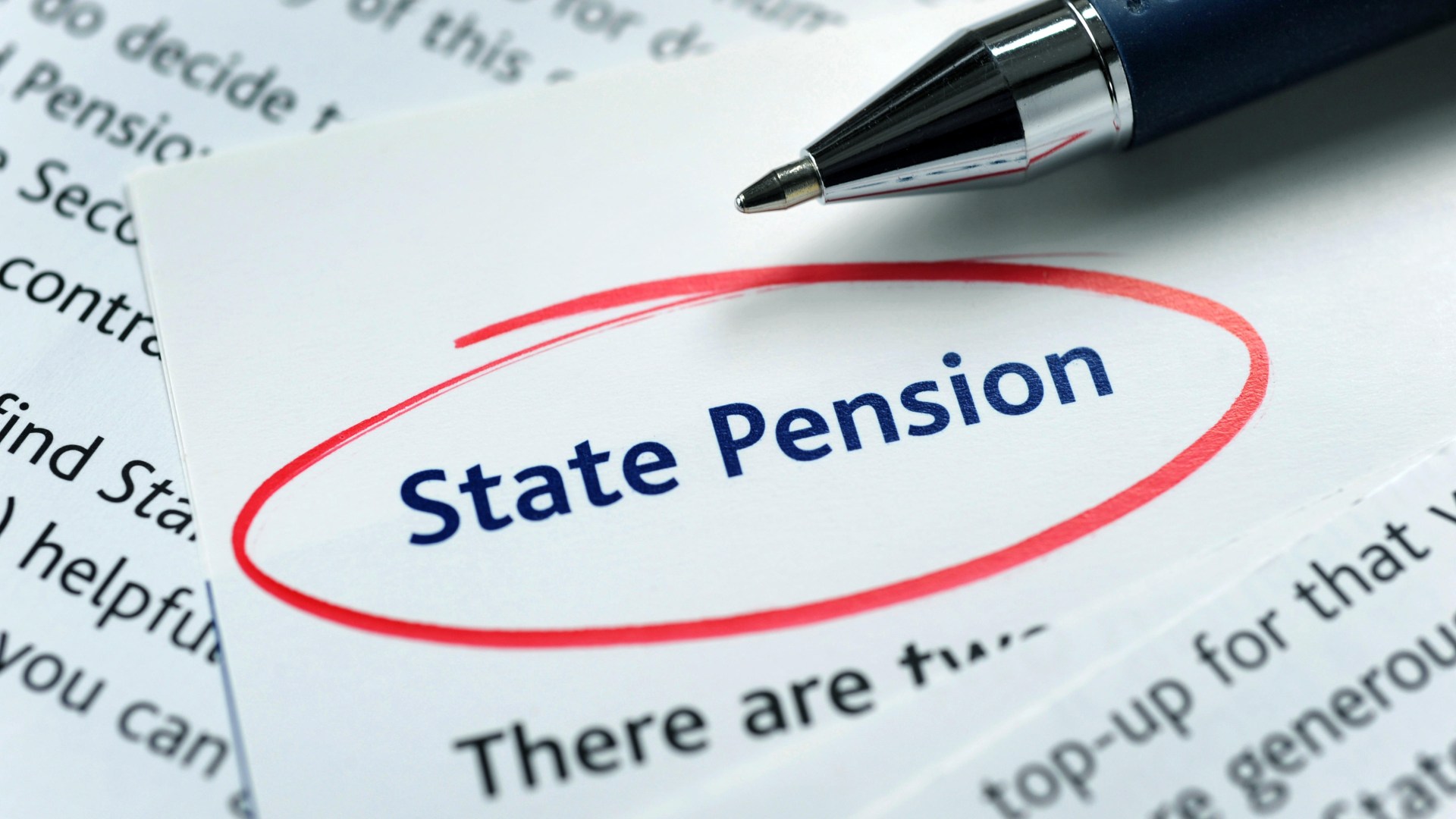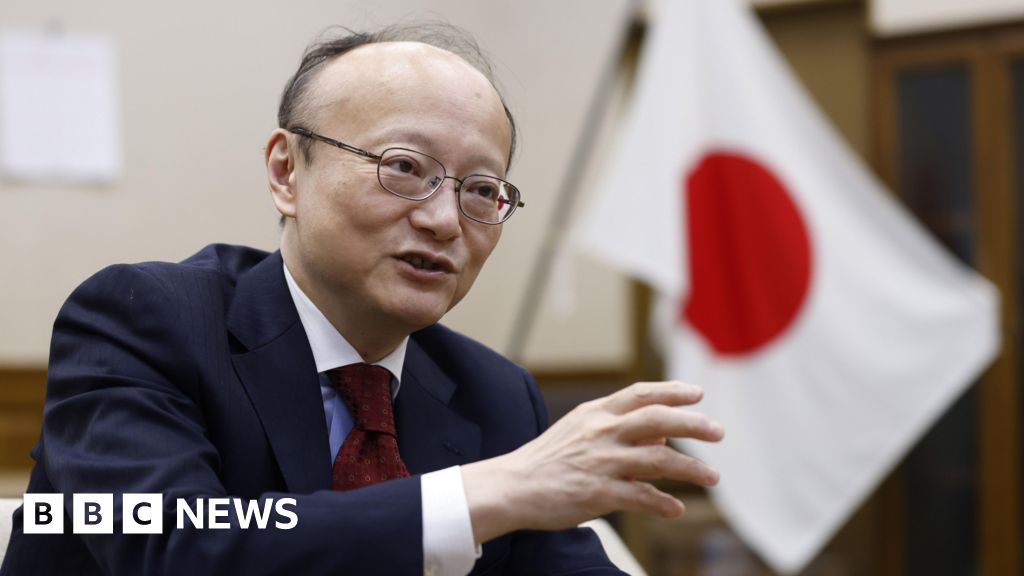The chief executive of TotalEnergies has said the French oil and gas major will curb its investments in the UK and restructure its operations in the North Sea if the government increases a windfall tax as planned.
Patrick Pouyanné said the Labour government’s plans to raise the tax and remove investment allowances that enable companies to reduce their tax bills was even more problematic than the spectre of higher taxes in France.
“I’m taking this very seriously because clearly we’ll be very selective on any capex we spend in the UK and [are] clearly looking seriously at ways to restructure operations,” Pouyanné told an investor day in New York, referring to capital expenditure by the group.
Pouyanné is the latest executive in the sector to warn Labour’s plans will cut investment in the UK North Sea. Consultancy Wood Mackenzie last month said oil and gas production could halve by 2030, and critics of the government have said its plans will threaten the country’s energy security.
“I’m arguing with them, but they should copy [and] paste the Norwegian system which is maybe high fiscally but also has incentives to invest,” Pouyanné said. Norway’s system has incentives allowing companies to deduct capital costs and claim partial refunds when they fall into a loss.
The UK’s temporary energy profits levy was introduced by then chancellor Rishi Sunak in 2022 after Russia invaded Ukraine, and Labour has decided to extend it until 2030 even though oil prices have since eased.
The government is planning to raise the levy by 3 percentage points from November, which will take the overall tax rate on the sector to 78 per cent if the increase is confirmed in this month’s budget.
Labour wants to use proceeds from the tax to help fund investment in renewable energy including wind power, and has set up a new state-owned company, Great British Energy. Total, which has also invested in offshore wind farms off Scotland, is focused on gas production in the North Sea.
Pouyanné also confirmed Total was still exploring a secondary listing in New York, a move it said will allow it to tap US investors more nimbly although it will remain anchored in Paris.
He took a swipe at French plans that could hit companies with higher taxes, calling the proposals “unfortunate”. The newly-appointed government, led by Prime Minister Michel Barnier, this week said big groups would have to contribute to efforts to fix public finances.
But Pouyanné said the proposed measures to temporarily hit it and other companies with higher taxation would likely have little impact on Total because the group’s production stems from overseas.
Total on Wednesday also boosted its dividend for 2025 by 5 per cent and maintained share buybacks of $2bn a quarter, despite a looming supply glut in liquefied natural gas that could depress prices, especially from 2026.




































































































































You must be logged in to post a comment Login